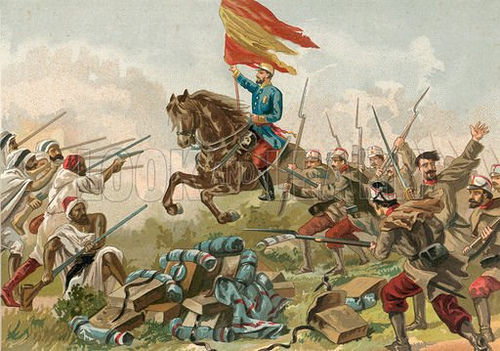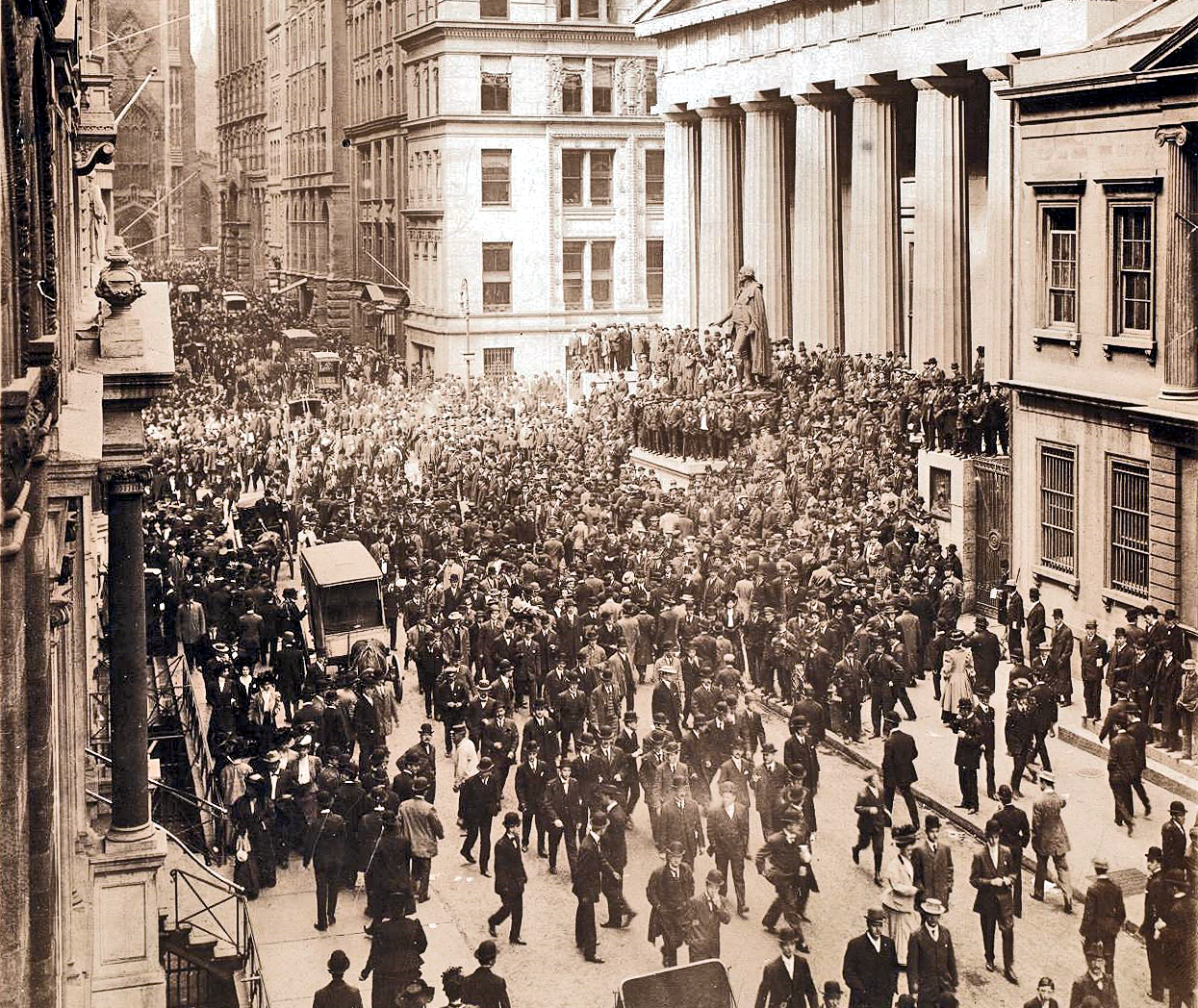The Metropolitan Opera House in New York City opens with a performance of Gounod’s Faust.
The Metropolitan Opera House, commonly referred to as the Met, is one of the most prestigious and renowned opera houses in the world. It is located in New York City and has a rich history that dates back to the 19th century.
Location: The Met is situated in the Lincoln Center for the Performing Arts, located in the Upper West Side of Manhattan, New York City. It occupies a prominent position within the complex, near other cultural institutions like the New York Philharmonic and the New York City Ballet.
History: The Metropolitan Opera was founded in 1883 and has gone through several locations before settling in its current building. The present Met Opera House, designed by architect Wallace K. Harrison, opened in 1966. It replaced the original Met Opera House on Broadway, which was demolished in 1967.
Architecture: The Metropolitan Opera House is known for its distinctive modernist architecture, characterized by its large glass lobby and the famous “Chagall curtain” designed by artist Marc Chagall. The building’s clean lines and modern design have made it a notable architectural landmark in New York City.
Performances: The Met is renowned for its opera and classical music performances. It hosts a wide variety of operas, from traditional classics by composers like Verdi, Puccini, and Mozart to contemporary and lesser-known works. It also features world-class orchestral and choral performances.
Seating: The Met Opera House is one of the largest opera houses in the world, with a seating capacity of around 3,800. It offers a range of seating options, from orchestra and parterre seats to various tiers and boxes, providing a diverse array of viewing and pricing choices for the audience.
Met Opera Seasons: The Met has two major performance seasons each year: the fall season, which usually begins in late September or early October, and the spring season, which typically starts in late April or early May. During these seasons, opera lovers from around the world come to witness world-class productions.
Technology: The Met is known for its innovative use of technology, including high-definition broadcasts of live performances that are transmitted to cinemas worldwide. These broadcasts make opera accessible to a global audience and have helped expand its reach.
Renovations: Over the years, the Met Opera House has undergone several renovations and updates to maintain its status as a world-class venue. These renovations have included improvements to the stage, backstage facilities, and public spaces.



